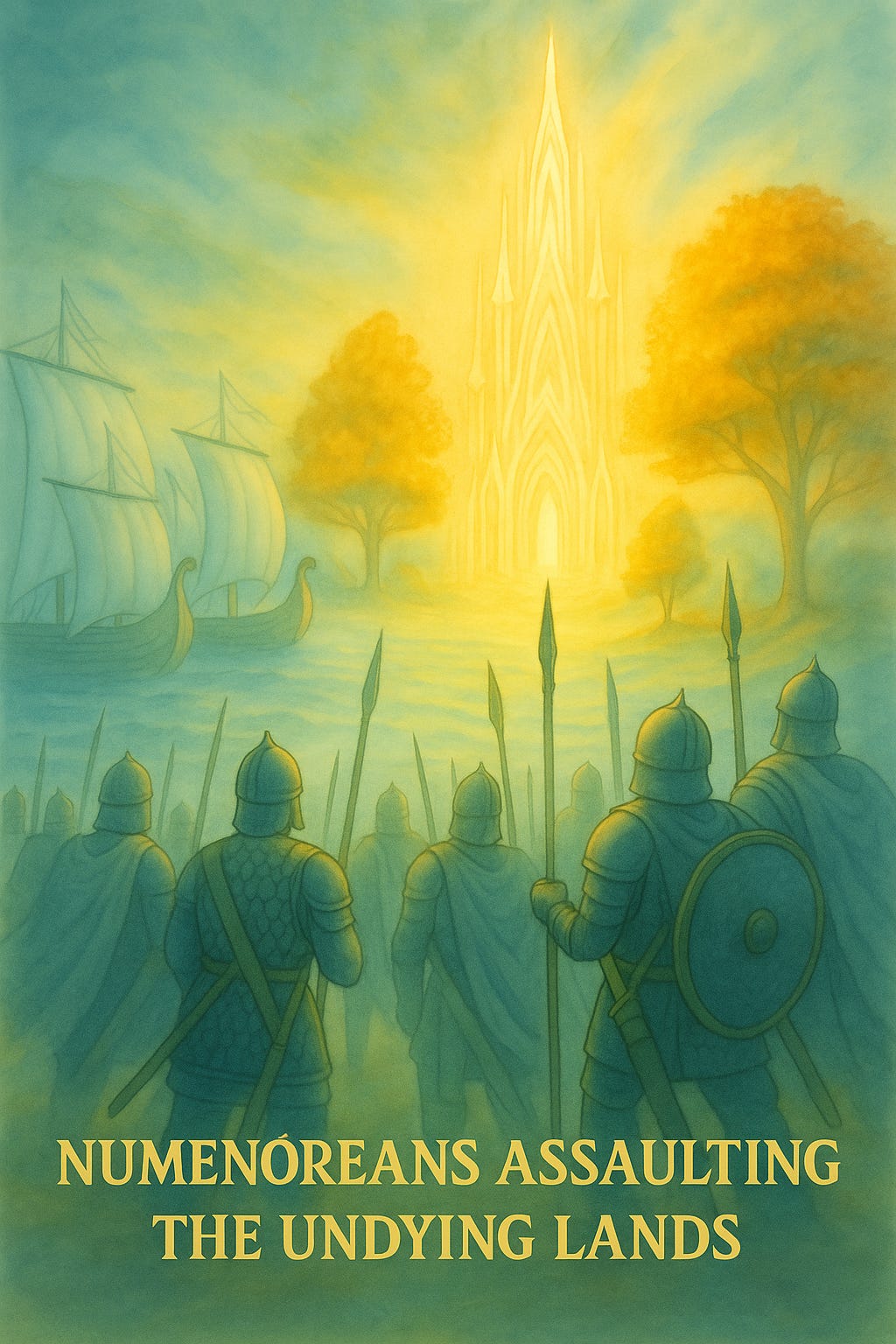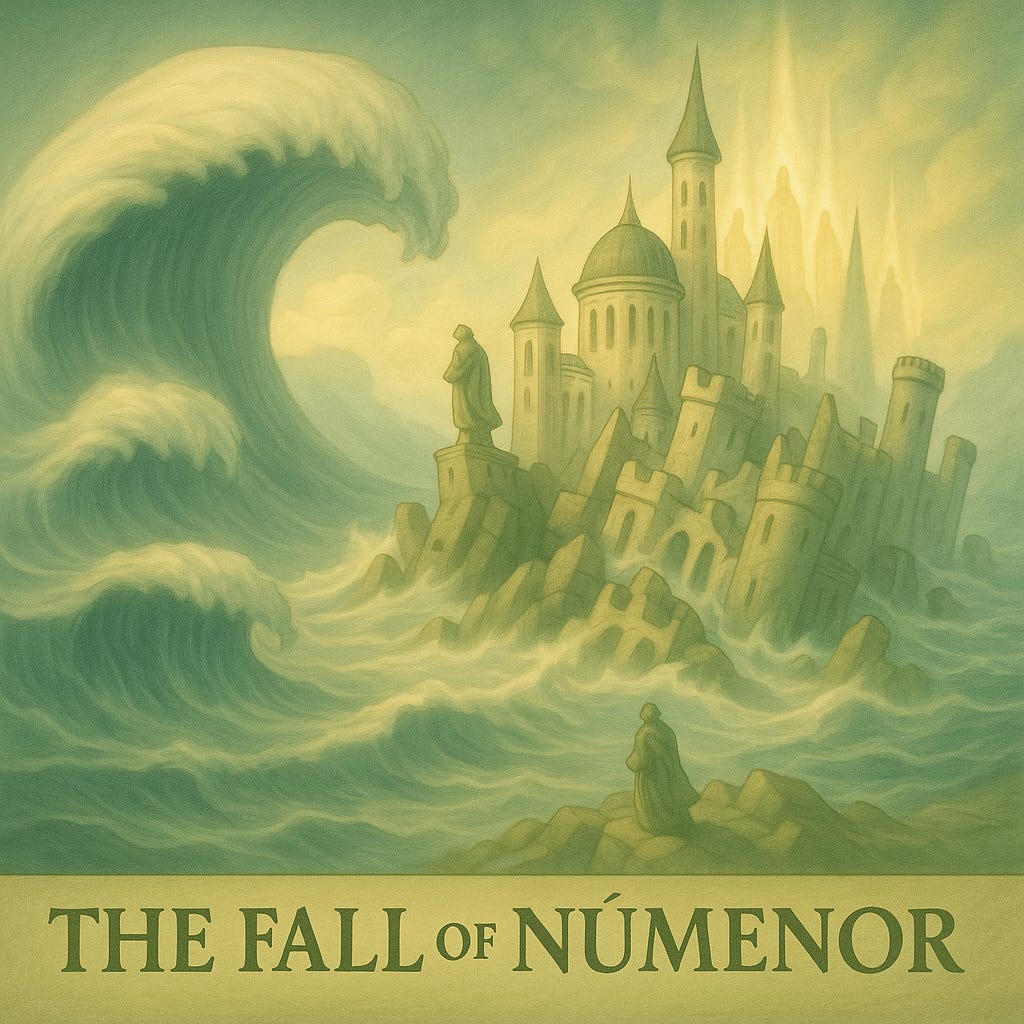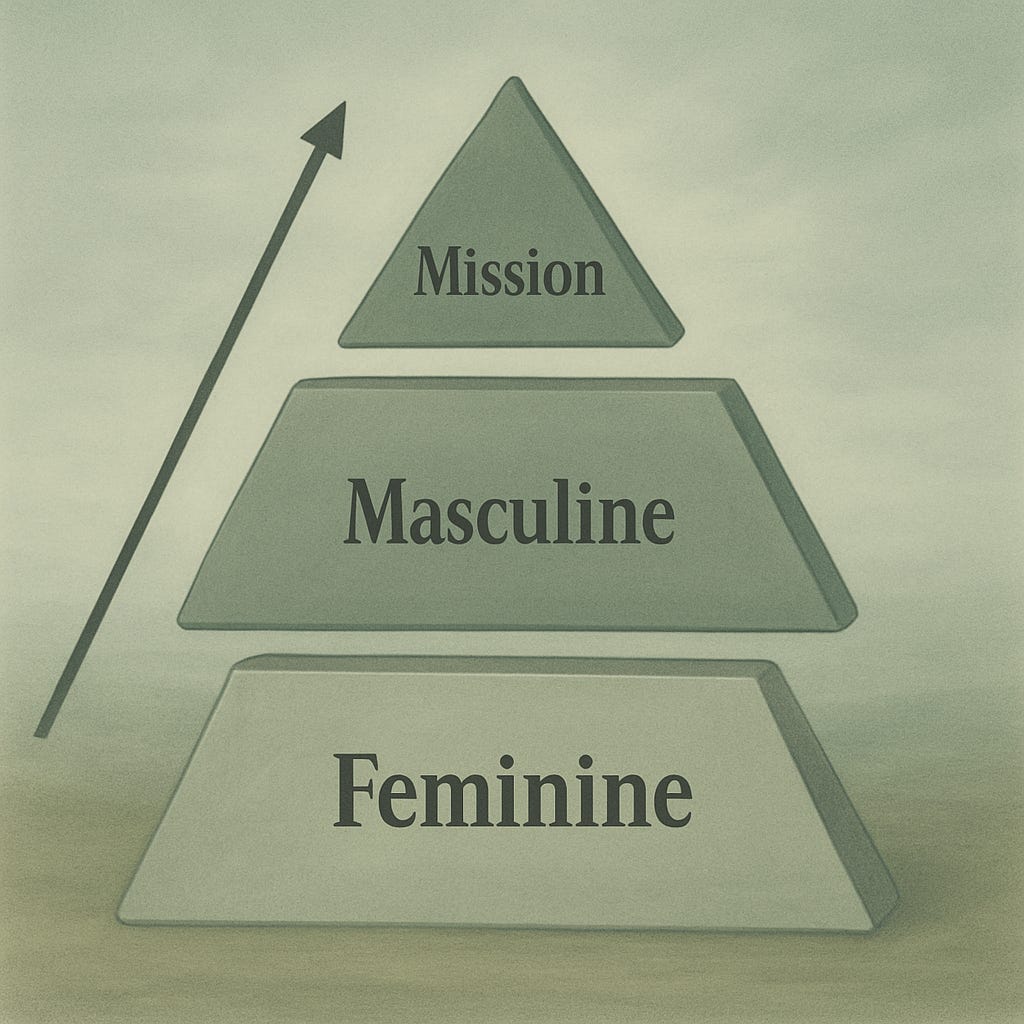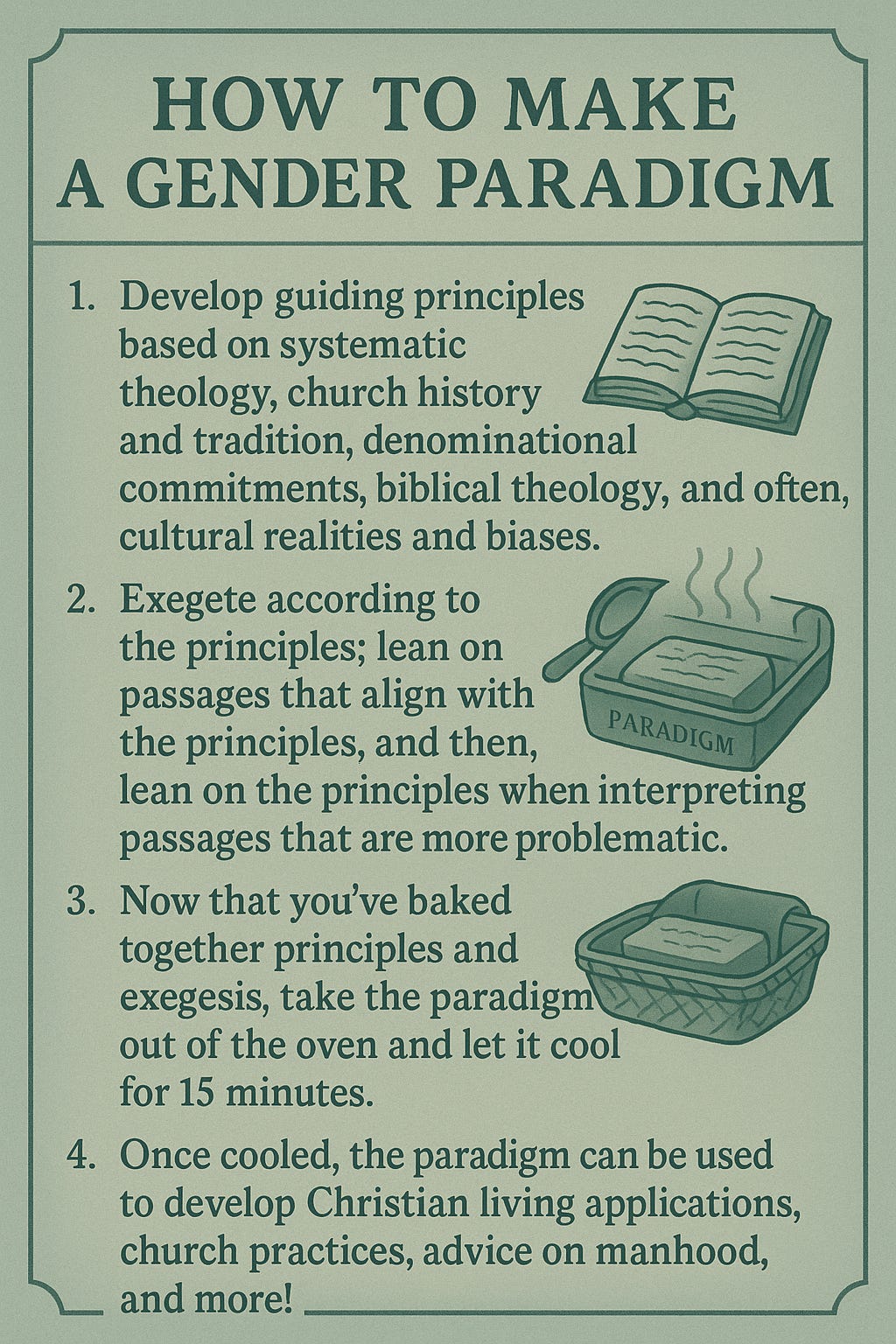Egalitarianism and Complementarianism
How Gender Theology Was Never Fully Christianized, Part 2
This post will continue the story from the previous post and cover the contemporary frameworks on gender. What are the core commitments of each, and how does Representationalism (or Representarianism!?) differ?
What’s Baked In?
As we explore the more recent history and contemporary landscape of gender theology, it’s important to name that theological systems (like Complementarianism and Egalitarianism) need guiding principles in order to hold together and to make sense of God’s word and world. These principles are not merely the result of interpreting a few texts of Scripture, but actually play a large role in how we understand Scripture. In other words, these commitments precede and shape how we interpret a specific passage of Scripture.
These a priori commitments are a necessary component for any framework on gender and theological anthropology, and yet we must see what these principles are so that we can fully understand the core components and implications of the various options.
Today’s post is focused on the current most popular frameworks, Egalitarianism and Complementarianism, but what are their core commitments and guiding principles? To state them briefly:
For Egalitarianism, the guiding principle of equality shapes the framework and subsequent exegesis.
For Complementarianism, the guiding principles of leadership and submission shape the framework and subsequent exegesis.
And for Representationalism? We’ll get there!
With that in mind, let’s look at the history of these movements and how their core commitments played out.
The Feminist Movements and the Complementarian Response
As the feminist movements unfolded, and particularly as 2nd Wave Feminism gained widespread influence in the 1970s and 80s, conservative Evangelicals found themselves caught between a rock and a hard place. The “never reformed” gender theology of church history was being called to account,1 while new “Egalitarian” alternatives were being proposed that were much more in line with modernity, though perhaps less tethered to Scripture.
The Evangelical Women's Caucus, an early leader in the movement of Christian Egalitarianism, ruptured in 1986 as the majority voted to become “open and affirming” regarding sexual ethics, leading to the creation of a splinter Egalitarian group called Christians for Biblical Equality.2 It seemed to conservatives that the new interpreters were so determined to find equality in the text that they were willing to do whatever it took exegetically to get there, which led to a few key Evangelical leaders huddling together in Dallas to discuss what to do next.
In 1987 Wayne Grudem, John Piper, and others met to begin mounting a response to the real and perceived mishandling of Scripture from the emerging Egalitarian movement, leading to the creation of the Council of Biblical Manhood and Womanhood and the coining of the term “Complementarianism”.3
Complementarianism’s Novel Insight
Complementarianism, as a theological system, was meant to be a fresh approach that carved a path between the Patriarchalist history of interpretation regarding women as being fundamentally “less” than men, and the 2nd Wave Feminist inspired removal of gender difference in the roles of men and women (particularly in the church and in marriage).
In doing so, something quite astounding happened.
Complementarians came up with perhaps the first ever attempt(!) to paint the feminine story as uniquely contributing to the Image of God. Not just that women were included as image bearers, and not just that they were equal to men, but that they uniquely imaged something about the Godhead in their womanhood.4 This is a big deal!
So, what was their thesis? That the submission of women imaged submission within the Godhead, particularly the submission of the Son. Here are a few example quotes from the seminal Complementarian tome, “Recovering Biblical Manhood and Womanhood (RBMW for short).”
“Nevertheless, the very submission of the woman also images God.”- John Frame5
“This is what I understand to be the essence of femininity. It means surrender.”- Elisabeth Elliot6
“Within the Holy Trinity, the Father leads, the Son submits to Him, and the Spirit submits to both… And if our Creator exists in this manner, should we be surprised and offended if His creaturely analog on earth exists in paradoxical form?” -Ray Ortlund Jr.7
So Close, And Yet So Far
Unfortunately for the early Complementarians, they got it wrong.

This is not the right way to think about the Trinity! And, to put it mildly, is a rough way to start a new gender paradigm.
Without getting too far into the weeds of the debate, here’s a summary of why authority and subordination is not a correct approach to understanding the immanent8 life of the Trinity:
The divine will is a property of the divine nature, so that it is right to say that God has one singular will, because our Triune God has one divine nature.
Therefore, language of “authority and submission” within the Godhead is errant because it implies competing wills within God.9
The passages in Scripture that show Jesus submitting to his Father are rightly understood as his human nature and human will submitting to the divine will.10 (Remember that Jesus, uniquely, had both a human will and a divine will.11 He was one person with two natures and two wills that correspond to his natures).
We already had an ancient and creedal way of distinguishing the members of the Godhead from one another, which is the language of eternal paternity, generation, and procession.12
There is an order to the Trinity, but that need not imply multiple or competing wills that relate in concepts of authority and submission.
While some Complementarians doubled down, most have walked away from this early attempt of connecting femininity to the Trinity via submission. In fact, it has become a common mantra among more moderate Complementarians that we should never again attempt to connect gender and the Trinity!1314
(Which is a bit ironic, since Representationalism will attempt to do just that.)

The Complementarian movement continues on (like the Dúnedain scattered in Middle Earth) in its various shades, but has, in some estimates, worn a bit thin (like butter spread over too much bread), and is losing adherents to both the left and the right.
The endless nuancing1516 of when to lead or submit has caused some men (primarily) to throw their hands up and just become Patriarchalists17, and caused many others (men and women) to find the framework uncompelling and become Egalitarian.
Listen to the words of RTS Orlando professor Scott Swain18,
The “structural weakness” of contemporary complementarianism, as I see it, is that it attempts to account for manhood and womanhood with an insufficient set of concepts. The concepts it employs are not themselves false (e.g., equality, authority, submission). They are isolated, not well complemented by other concepts that are necessary for making sense of who we are and what we are called to be as men and women made, redeemed, and yet to be perfected by the triune God. Like notes abstracted from a larger composition, these concepts by themselves fail to exhibit the harmony of the divine composer’s true intention for men and women.
Interesting.
We will explore a few other missteps of Complementarianism in future posts19, but it’s time to bring this one to a close.
The Fatal Flaw: A Mistold Feminine Story
I like to end with a quick teaser of where we’re headed!
Remember that a core component to any gender framework has to deal with how to order (or not order) humanity as male and female.
Complementarians are quick to name that men are the more physically powerful gender, as well as the one to whom God has delegated authority and rule. Then, they also name that women are made to support their mission and leadership, leading to this wonky triangle of motifs:

The feminine story supporting the masculine mission? The “weak” for the strong? Women shield-bearers?!20 Sounds…backwards.
What about Egalitarianism?
Egalitarianism didn’t really solve the problem of the feminine story either, because, like 2nd Wave Feminism, it simply inserts women as participants in male-normed spaces.
What’s the Answer?
While both Complementarianism and Egalitarianism contain plenty of truth and insights (it’s rare to be totally wrong on these sorts of things), I don’t think either fully captures the story of gender.
Representationalism!
Representationalism posits gender as Trinitarian, eschatological, ordered, and yet equal.
Is it possible to reattempt a Trinitarian understanding of gender? I think so.
Subscribe so you don’t miss the next post, where we’ll dig into the core principles of Representationalism. Thanks for reading!
Keeping with the disappointing pattern of reform almost always being driven from outsiders.
https://en.wikipedia.org/wiki/Christians_for_Biblical_Equality
https://cbmw.org/1970/01/01/personal-reflections-on-the-history-of-cbmw-and-the-state-of-the-gender-debate/
This feels like quite the claim, but as far as I can tell it is true. Please send me any contrary examples of earlier Christians talking about how women uniquely and distinctly image God if you know of any! (Not just that they participated in the the imago Dei (which is unanimous), but they, in their gendered-ness, revealed something unique about God.)
Recovering Biblical Manhood and Womanhood, Chapter 12, pg.230
RBMW, Chapter 25, pg. 398
RMBW, Chapter 3, pg. 103
meaning internal to the Trinity, vs. the “economic Trinity”, which is how to understand the triune God’s actions in creation and redemption
There are so many good options, but here’s one by Alastair Roberts if you want to read more. https://www.reformation21.org/blogs/the-eternal-subordination-of-t-3.php
https://www.reformation21.org/mos/1517/kevin-giles-on-ess
https://en.wikipedia.org/wiki/Dyothelitism
https://www.thegospelcoalition.org/blogs/kevin-deyoung/distinguishing-among-the-three-persons-of-the-trinity-within-the-reformed-tradition/
https://thinktheology.co.uk/blog/article/should_we_keep_the_trinity_out_of_the_gender_debate
https://www.patheos.com/blogs/scriptorium/2012/10/the-trinity-in-gender-debates/
https://www.beliefnet.com/faiths/christianity/2006/11/which-church-roles-should-be-open-to-women.aspx
https://www.desiringgod.org/interviews/do-you-use-bible-commentaries-written-by-women
Joe Rigney going to Moscow, Idaho to join up with Doug Wilson is the premier example
https://journal.rts.edu/article/thoughts-on-theological-anthropology-man-as-male-and-female/
Such as, a “no enemies to the right” attitude, marriage typology used for gender theology, and more.
https://www.desiringgod.org/articles/the-happy-kind-of-hierarchy







Good stuff, John! You’ve got me excited for representationalism. I also have scratched my head at trinitarian scholars like Fred Sanders going too far and too strong in saying “stop connecting Trinity and gender.” John Webster described the Trinity as a distributive doctrine, which Sanders paraphrased: “in one sense Christian theology simply is an account of all other doctrines in their relation to the doctrine of the triune God.” Ergo, anthropology must be done in relation to theology proper. I wish Webster had lived long enough to write something on anthropology and gender. But I digress :-)
I love your tongue in cheek recipe for creating a gender paradigm!
The theologies of divorce have been created in a similar way, with BIASES playing a large part in the list of ingredients.
I say theologies because there are so many competing views on divorce, with many mistaken interpretations and bad translations which prop each other up.
Once a cake is baked and distributed out to the masses (often for centuries) it is very hard to get anyone to think outside the rails. I write on the theology of divorce, so I know this landscape well!